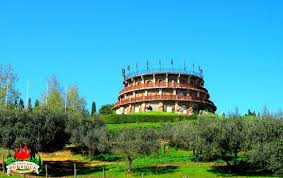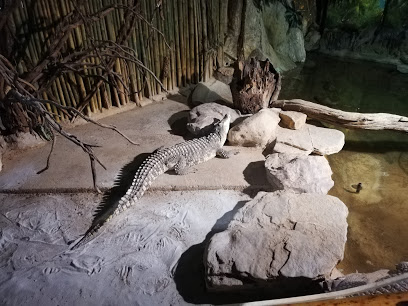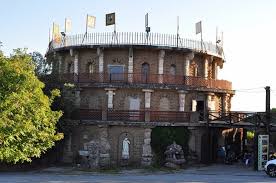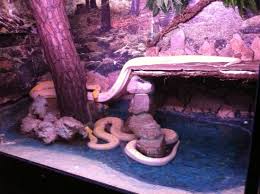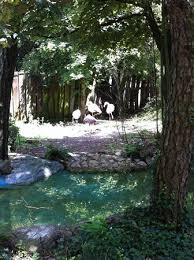Rettilario di Perugia is set on the hill of Città della Domenica, inside a tower that stands at the entrance to the garden.
Within them, various habitats for crocodiles and snakes have been reconstructed: structures allow animals to be observed in complete safety.
Different habitats take into account the origin and environmental climatic needs (artificial rain, thermal substrates) of the sample in which they reside, to reduce their stress.
Over the years, this has made it possible to achieve important reproductive successes.
Darwin Tower - Beginning in the 2018 season, the Reptile House hosts a permanent exhibition on evolution. In addition to current live reptiles, guests will appreciate fossils from different prehistoric times. One can observe the fossils of Adrosaurus eggs, Spinosaurus teeth and nails, large-dimensional dinosaurs characteristic of the Upper Cretaceous (99.6-65.5 Ma), and it is possible to observe and compare a skeleton in the skull of the current Nile crocodile with its predecessor Eusucus. We continue to find open-ended prehistoric discoveries dating back more than a billion years ago, Stromatolites, sedimentary sedimentary structures comprising millions of bacteria and algae, the first forms of life capable of performing photosynthesis and oxygen production. The three large exposed fossil paintings are also very interesting and beautiful: the first with many stars and pundits, some krainoids, and exclusive ancient skin eczema (541-252 mA); the second with two weeks of eldonia, ancestral jellyfish, and extinct mysterious animals lived among the Cambrian The lower (501-488.3 Ma) and the higher Ordovician (460.9-443.7 Ma); the third with trilobite fossils, important animals, are considered the first complex form of life to appear on Earth, which represents the Paleozoic emblem (541-252 Ma). Other symbolic fossils displayed are the Ammonites, fossils par excellence, used in the strata for the history of sedimentary rocks, especially from the Paleozoic era higher than the entire Mesozoic (251-65.5 Ma). It is possible to note the ammonites of different sizes belonging to different groups, with a spiral closed or spiral, with or without spines. The exhibition, which occupies a large area inside the building, also shows the fossil of the jaws of Mososaur, one of the largest extinct marine reptiles, lived in the Upper Cretaceous (70-65 million years), near this also the fossils of Ichthyosaurus and Dyrosaurus. The track ends with very beautiful discoveries of the skeleton of the cave bear head (Ursus spelaeus), jaw and femur in the mammoth, dating back 100,000 years ago (Pleistocele) and a very rare exhibition of drawings on the desert cattle walls.

